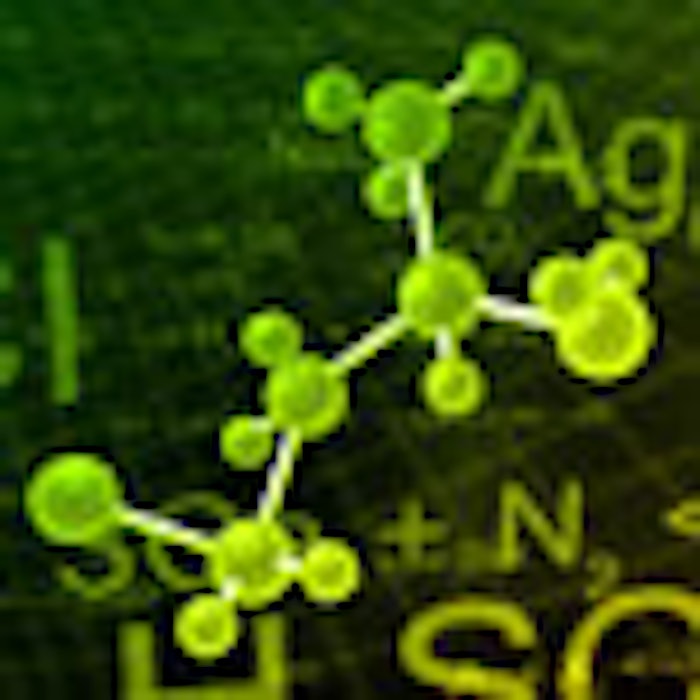
Researchers from the University of California, San Diego School of Medicine have identified a protein that may aid in the development of psoriasis and wound-healing treatments. In "The Antimicrobial Protein REG3A Regulates Keratinocyte Proliferation and Differentiation after Skin Injury," which appeared in the June 21, 2012, issue of Immunity, the researchers suggest that the molecule could be inhibited to control the proliferation of skin cells in psoriasis and promoted to encourage the proliferation of skin cells in wound healing.
The team analyzed skin biopsies of patients with and without psoriasis, as well as the skin of mice with psoriasis and with wounds on their backs. They found that regenerating islet-derived protein 3-alpha (REG3A) is highly expressed in skin cells during psoriasis and wound-healing, but not under normal skin conditions. In tests on mice, researchers found that inhibiting REG3A slowed wound-healing but cleared up psoriasis. The scientists also noted that REG3A acts in concert with interleukin-17 (IL-17), an immune system protein involved in the signaling cascade which prompts skin cells to multiply in excess numbers.
The researchers believe that REG3A could treat psoriasis without the systemic immunosuppression problems of current treatments. In addition, it was also hypothesized that it could be used in treatments to boost cell growth and promote wound healing. Perhaps, the cell growth aspect of REG3A could translate to other areas of skin care where skin healing is needed such as in acne or superficial cuts and scrapes.
The research was led by principal investigator Richard L. Gallo, MD, PhD, professor of medicine and chief of UC San Diego’s division of dermatology, and first author Yuping Lai, PhD, professor of microbiology and immunity at East China Normal University in Shanghai. It was funded in part by the National Institutes of Health, the National Natural Science Foundation of China and the Science and Technology Commission of Shanghai Municipality.










